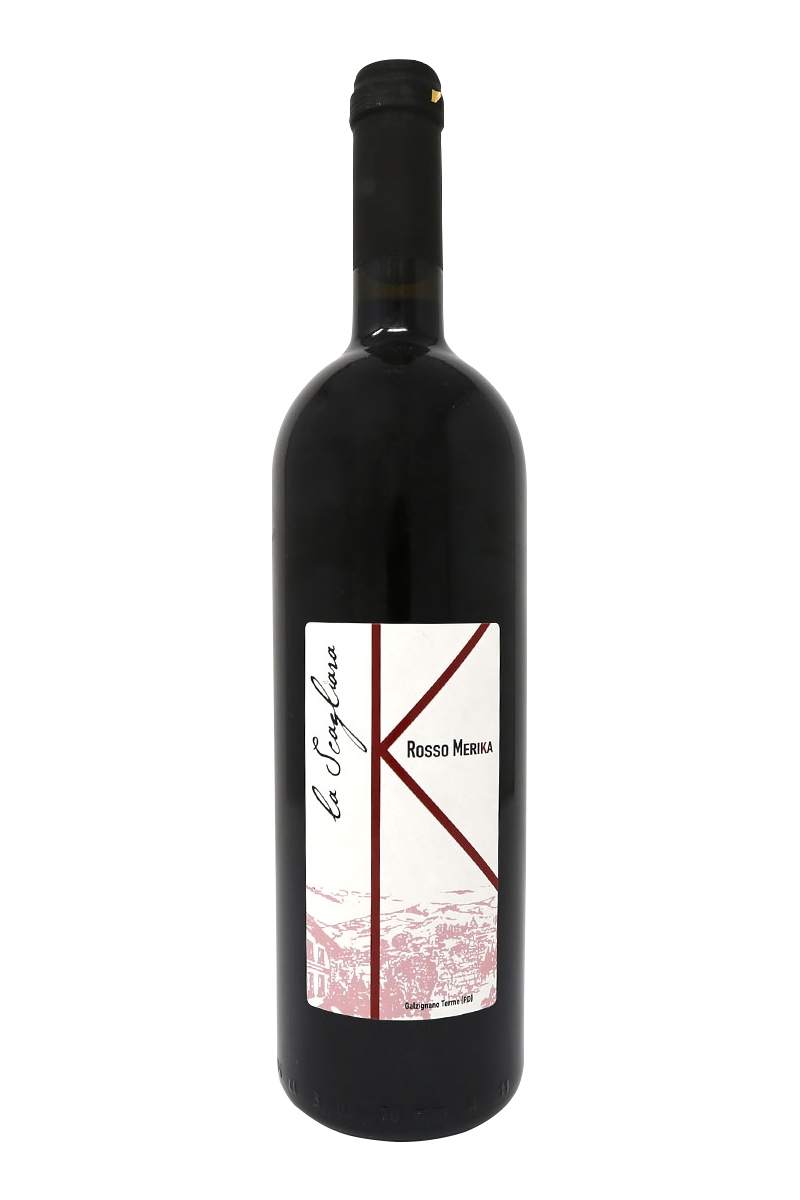A good wine is a symphony in four movements, performed to the rhythm of the seasons.
MALCONTENTO
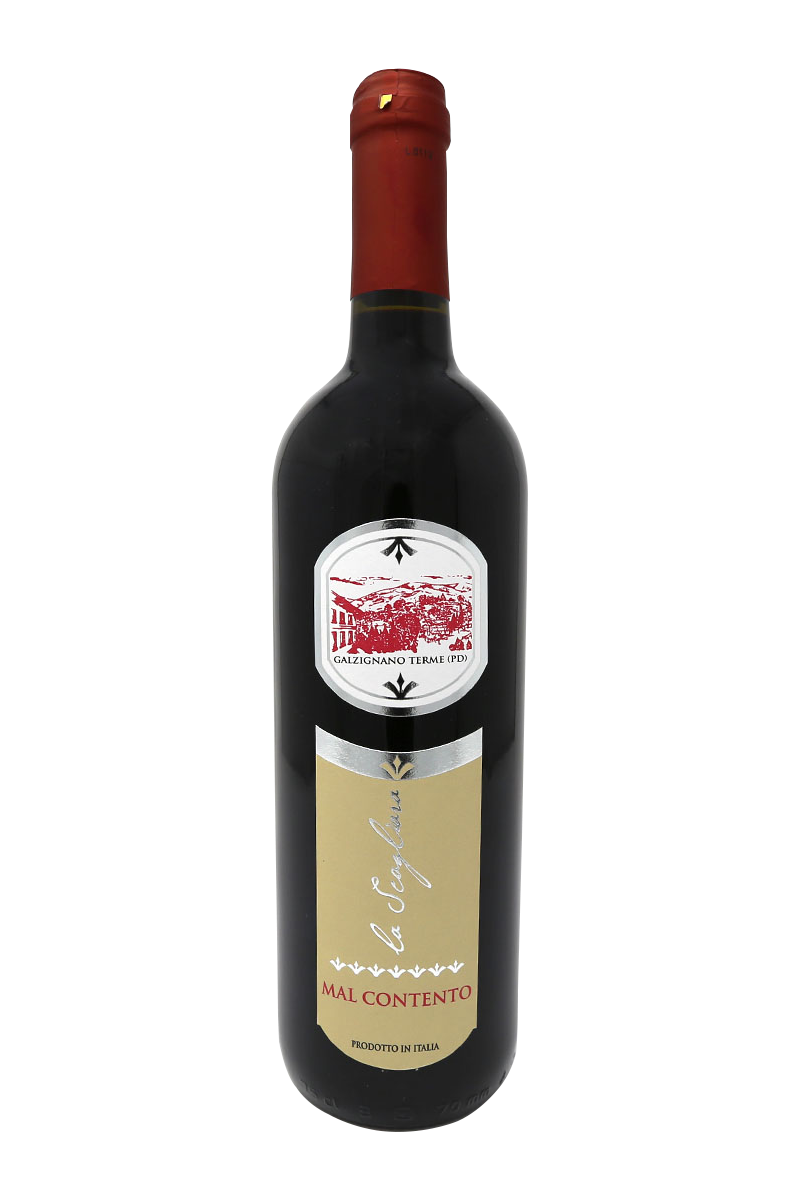
Typology
a tranquil red wineVariety of grapes
70 % Cabernet Franc 30 % Cabernet SauvignonVolume
12 % vol.Wine-making techniques
After harvesting, the grapes are collected and stripped of stems and debris, they then proceed to what is called the fermentative maceration, by means of selected types of yeast which for 6 days and under controlled temperatures leads to the breakdown of the sugars. After a few months the wine is decanted and filtered.Organoleptic characteristics
Ruby red colour, with purple reflections, the wine has an important herbaceous fragrance and delicate sensations contributed by the Cabernet Sauvignon.Gastronomic combinations
An optimal solution for meals based on both white and red meat, an excellent choice to accompany sausages and cold cuts, mature cheeses, and game.Temperature
18- 20° CVENTOLONE
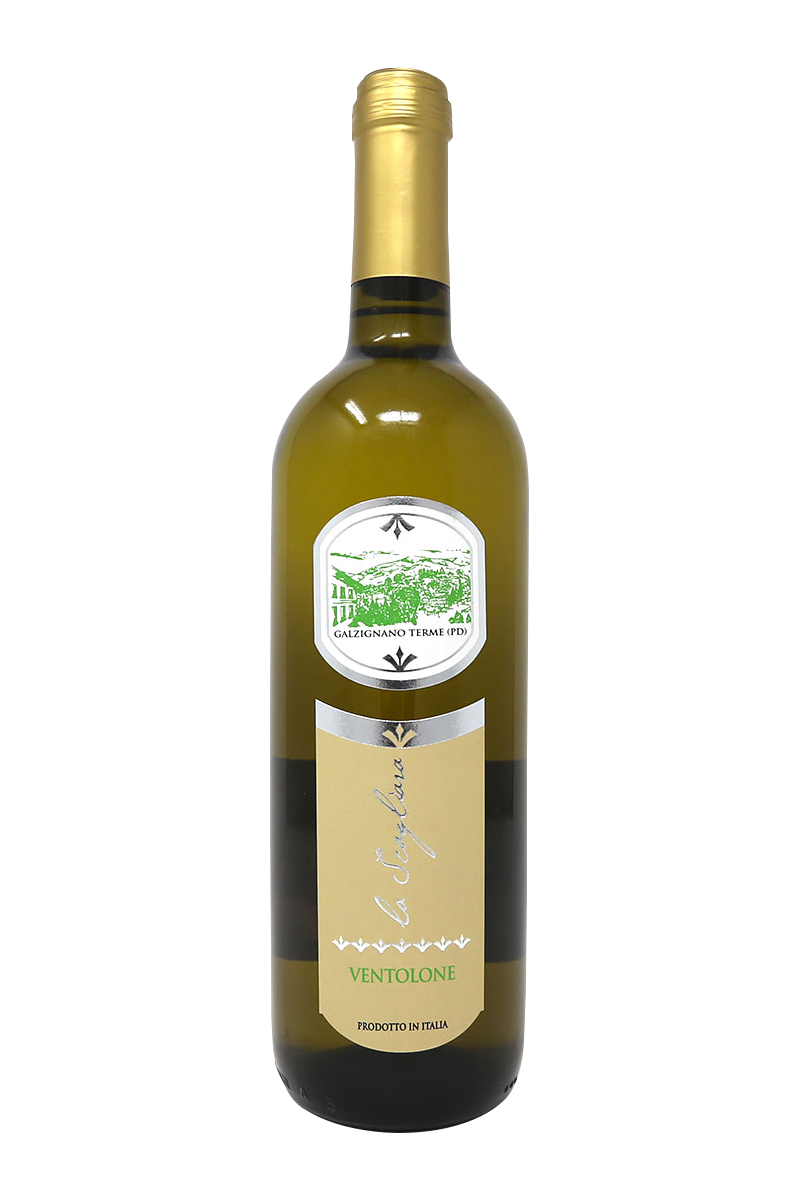
Typology
A tranquil white wineVariety of grapes
100% ChardonayVolume
11,50 % vol.Wine-making techniques
The grapes are first harvested and sorted by hand, later they are stripped of stems and debris and passed for maceration in stainless steel baths for 20 hours under controlled temperatures to allow the extraction of the aromas of the skins. Then follows the period of fermentation, using selected yeasts, at a temperature of 20°C until the breakdown of the sugars is complete. The wine is then filtered twice.Organoleptic characteristics
Ruby red colour, with purple reflections, the wine has an important herbaceous fragrance and delicate sensations contributed by the Cabernet Sauvignon.Gastronomic combinations
Ideal with fish risottos, immature cheeses. An optimal solution too for white meats.Temperature
8- 10° CBIANCO SCAGLIARA
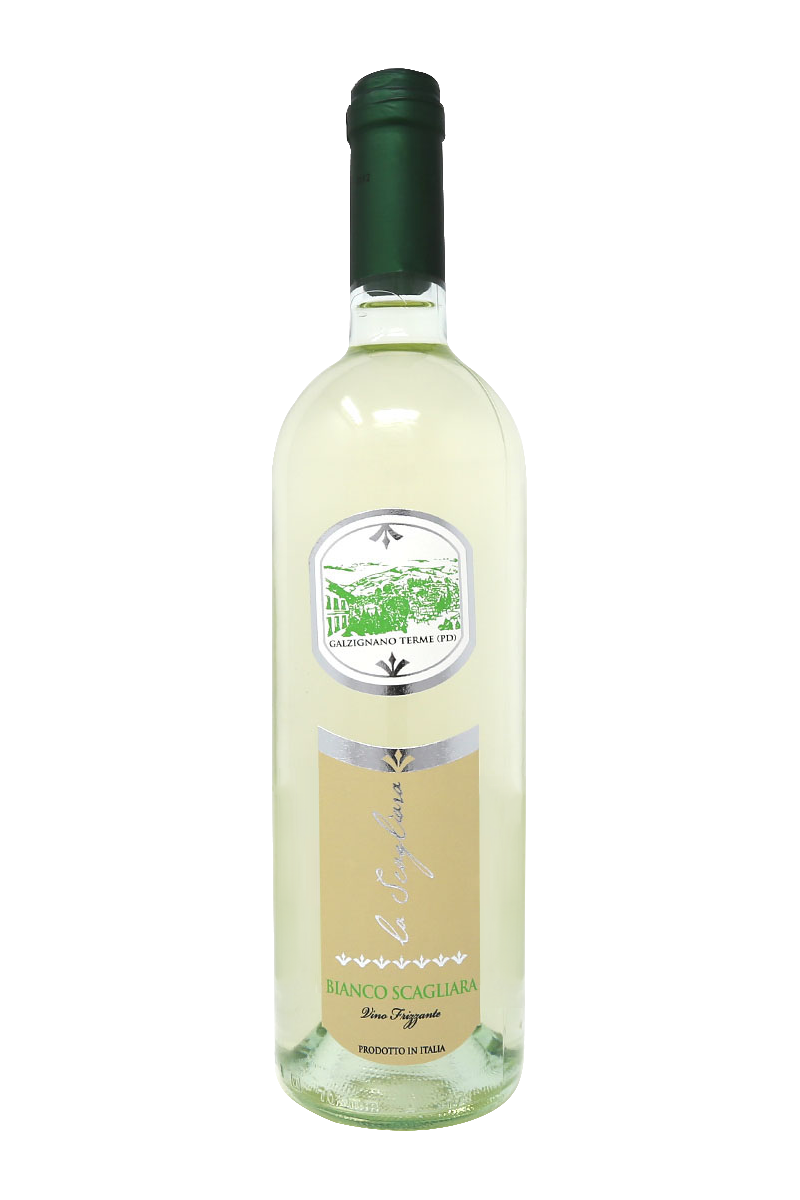
Typology
A white sparkling wineVariety of grapes
100% GleraVolume
11 % vol.Wine-making techniques
The grapes are harvested manually and later stripped of stems and debris. The maceration in stainless steel baths lasts about 10 hours and takes place in controlled temperatures to allow the extraction of the aromas of the skins. The fermentation of the wines takes place using selected yeasts, until the desired alcoholic strength is reached. A brisk reduction in the temperature determines the block of the fermentation with the presence of residual sugars.Organoleptic characteristics
The wine is pale yellow in colour, full of light with greenish reflections. It has a fresh, delicate fragrance , with fruity sensations while on the palate the result is velvety and bright. A sparkling wine with a unique aroma obtained by using selected grapes.Gastronomic combinations
This wine is ideal with fried fish and white meats. We also recommend it for accompanying antipasti as a start to a very pleasant evening.Temperature
8- 10° CROSATO
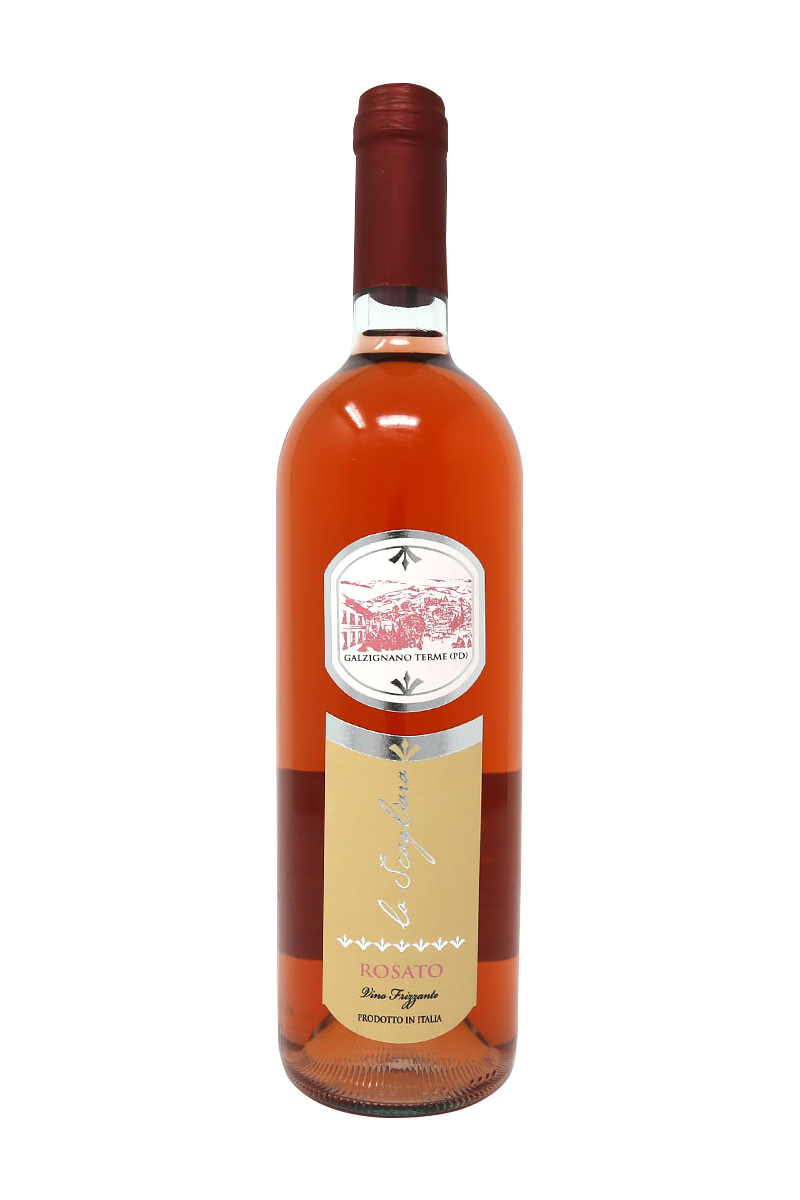
Typology
A sparkling rosé wineVariety of grapes
100% RabosoVolume
11,50 % vol.Wine-making techniques
The harvesting of the Raboso grapes takes place earlier than usual, following which they are pressed gently and continuously in order to extract a delicate pink colour must, brilliant but not too strong. The fermentation of the must takes place at a low, controlled temperature by means of selected yeasts, with the aim of developing unique fragrances and flavours.Organoleptic characteristics
The wine has a very particular pink colour, characterised by the scent of roses and wisteria; while on the palate the result is sparkling and fresh, reflecting the true characteristics of the Raboso grape.Gastronomic combinations
Served in a large glass with a slice of orange peel, this rosé wine makes an excellent aperitivo. It also adapts itself perfectly to fresh cakes and all manner of desserts, that enhance the extraordinary refinement on the palate.Temperature
8- 10° CDOLCE CANEARA
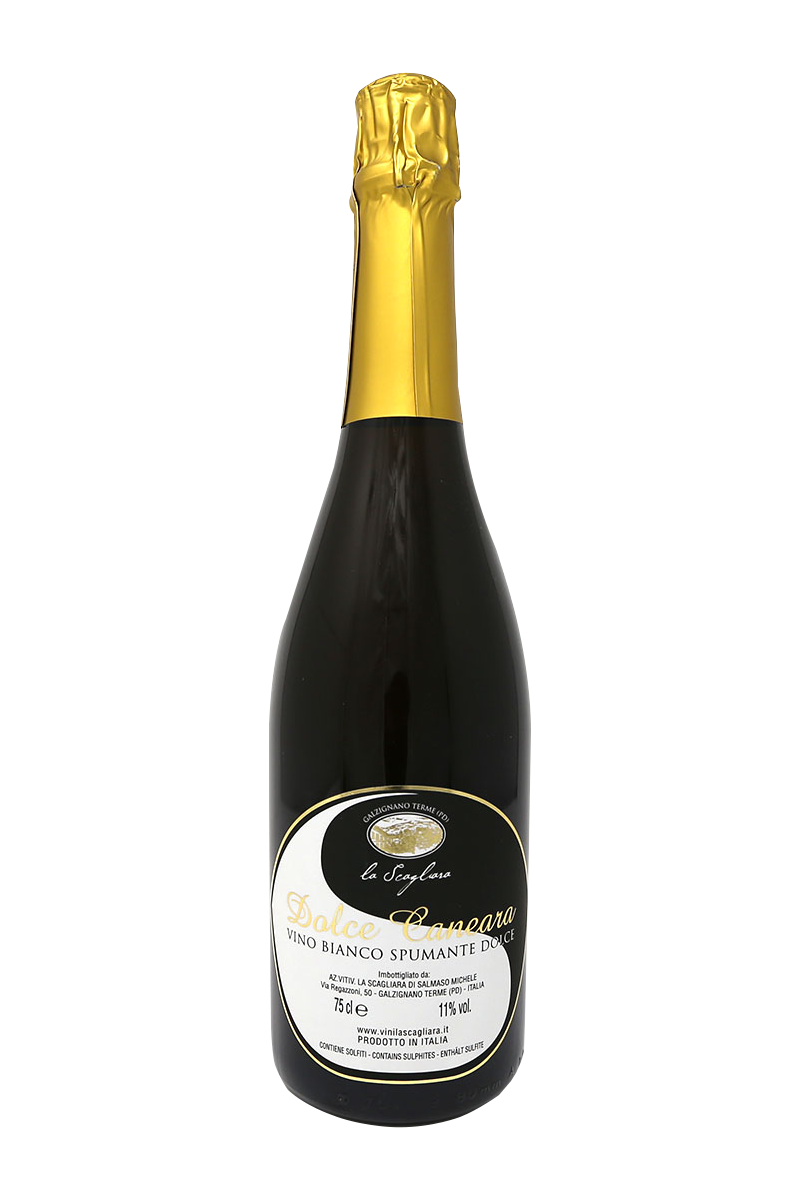
Typology
A sweet sparkling white wineVariety of grapes
100% MoscatoVolume
10 % vol.Wine-making techniques
After having been harvested and stripped the grapes are placed to macerate at a controlled temperature for 24 – 30 hours in order to help the extraction of the sensory fraction, of which the solid part of the skin is full. The fermentation, using natural yeasts, enhances the freshness, producing a wine rich in gustatory and olfactory sensations.Organoleptic characteristics
The wine has a golden yellow colour, a persistent aroma with a hint of flowers and mature fruits: the result on the palate is very sweet with sensations of oranges.Gastronomic combinations
It is ideal with all kinds of desserts, satisfying even the most refined palate.Temperature
8- 10° CRETRATTO
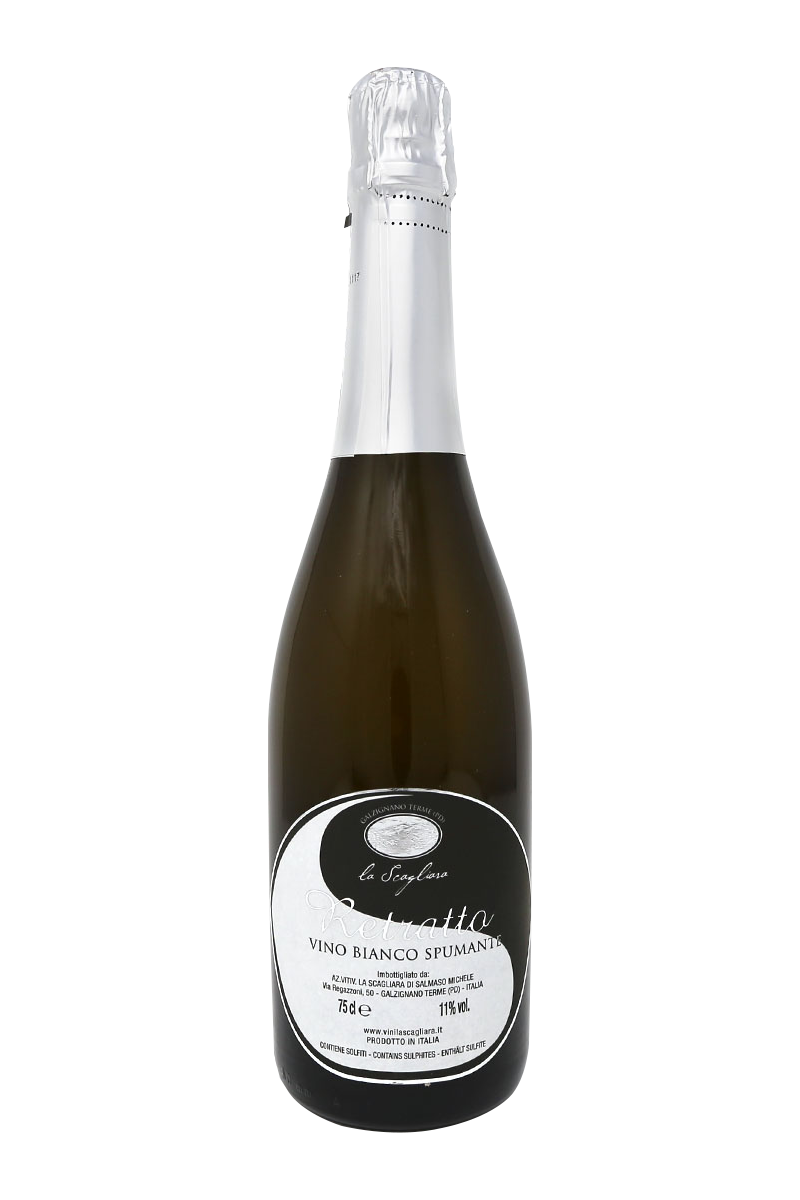
Typology
A sparkling white wineVariety of grapes
100 % GleraVolume
11,30 % vol.Wine-making techniques
The harvesting and the sorting of the Glera grapes takes place manually, they are then stripped of any stems and debris. The maceration of the must takes place for 10 hours in thermally controlled baths to allow the extraction of the aromas of the skins. Later, at a temperature of about 20°C, begins the fermentation of the product by means of selected yeasts until the desired alcoholic strength is obtained. An abrupt reduction in the temperature allows a block in the fermentation resulting in the presence of a sugar residue of 10-12 g/L.Caratteristiche organolettiche
Smooth but structured, the Retratto wine is a brilliant yellow in colour. On the palate it is delicate but full, characterized by the thousands of flavours and fragrances that make this product the symbol of the passion of the Salmaso family for their vineyard and their wine.Gastronomic combinations
An excellent combination for desserts. It also couples magnificently with many dishes, from fish risottos to those using white meat.Temperature
8- 10° CROSSO MERIKA
